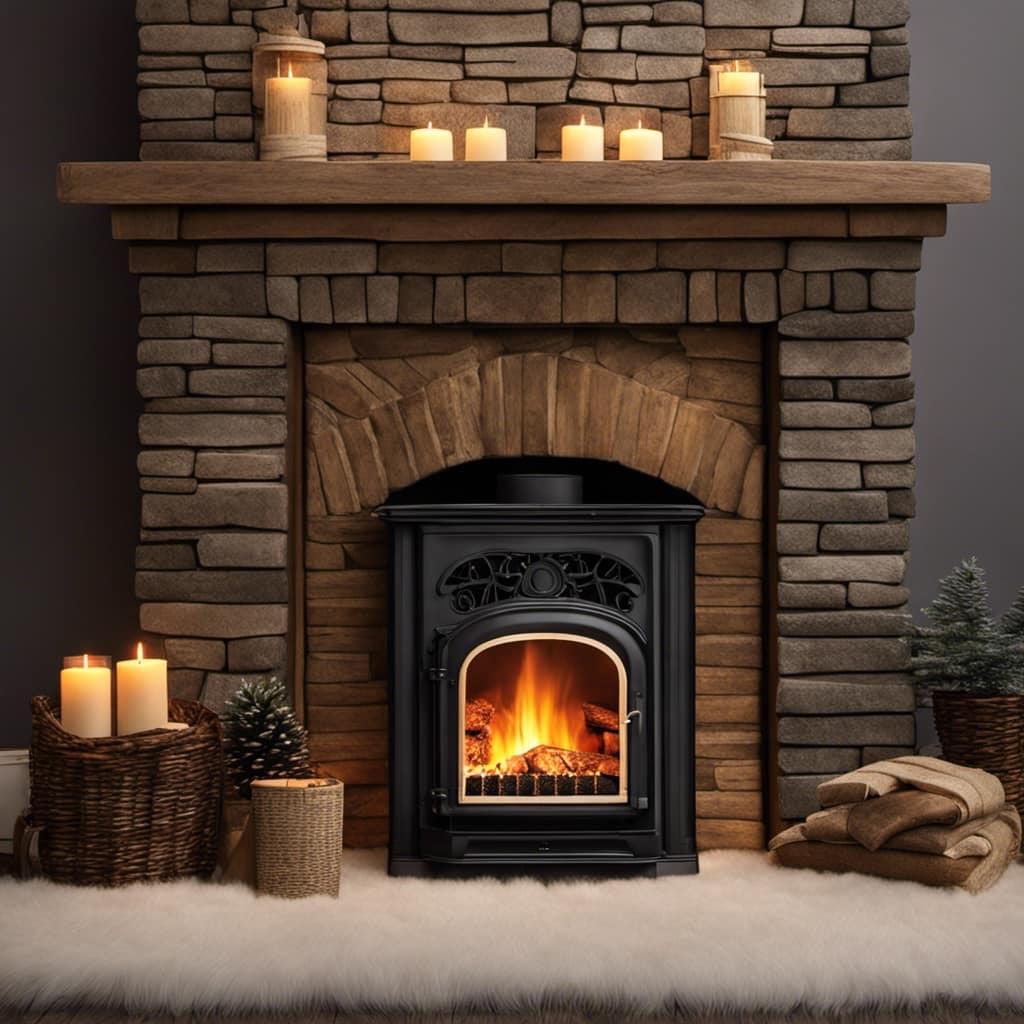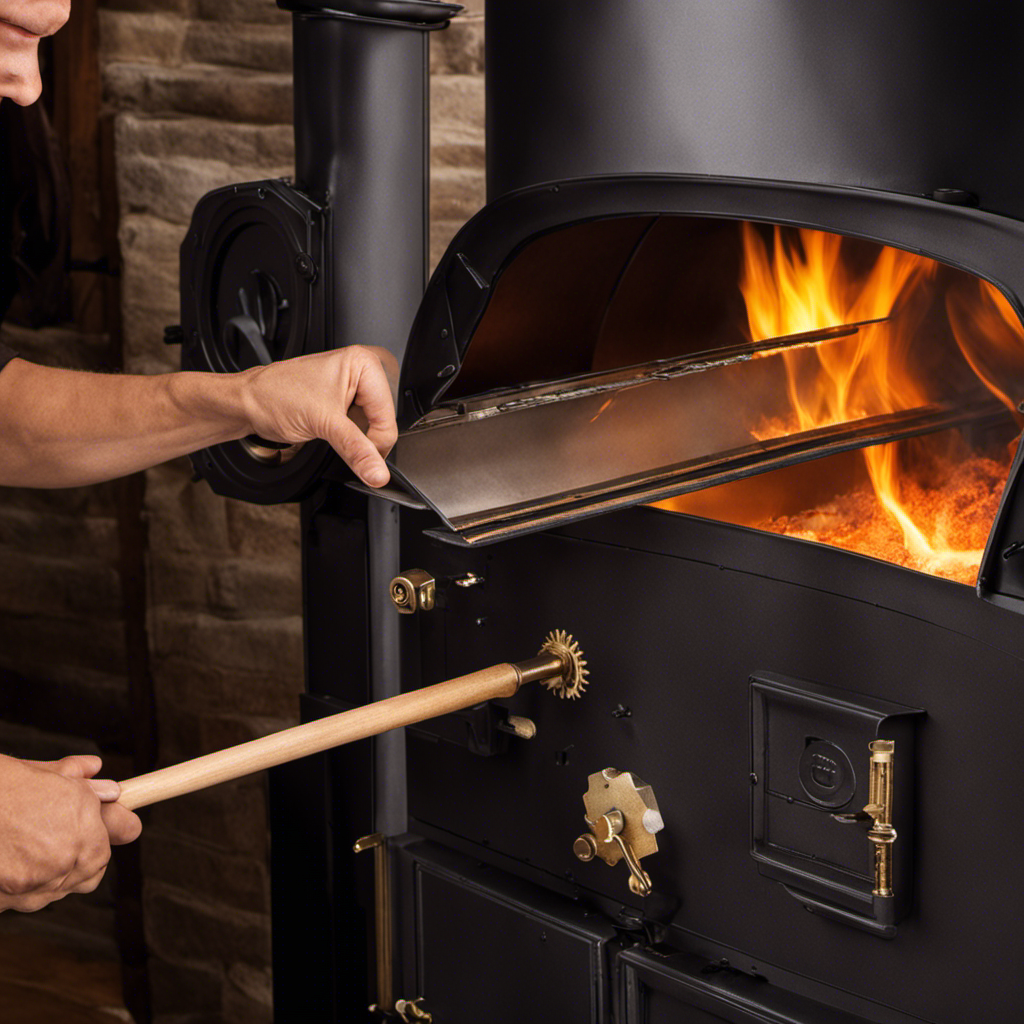As someone who has a strong passion for wood stoves, I am familiar with the comforting warmth and coziness they provide to a household.
But before we ignite that cozy fire, let’s pause and consider what shouldn’t be burned.
Picture this: a crackling fire, dancing flames, and the scent of burning wood.
Now, imagine the harmful toxins released from burning toxic materials, wet wood, plastics, treated wood, or even household waste.

Let’s explore what we should avoid burning in a wood stove to keep our homes and the environment safe.
Key Takeaways
- Burning toxic materials such as plastics, rubber, treated wood, and household chemicals in a wood stove releases dangerous pollutants into the air and can cause respiratory problems and long-term health effects.
- Burning wet or green wood in a wood stove causes excessive smoke and creosote buildup, increasing the risk of chimney fires. Using seasoned wood that has been dried for at least six months helps prevent these issues.
- It is important to avoid burning plastics and synthetic materials in a wood stove as they release toxic fumes and harmful chemicals that can have health hazards and long-term health effects.
- Burning treated or painted wood in a wood stove releases toxic chemicals into the air and should be avoided for fire safety and environmental reasons. Proper disposal through recycling or waste management facilities is necessary to prevent air pollution and contamination.
Toxic Materials
I can’t burn toxic materials in my wood stove. It’s important to be aware of what we put into our wood stoves to prevent harmful fumes and environmental pollution. Burning toxic materials can release dangerous pollutants into the air, posing risks to both our health and the environment.
Substances such as plastics, rubber, treated wood, and household chemicals should never be burned in a wood stove. These materials can release toxic chemicals when burned, including dioxins, heavy metals, and volatile organic compounds (VOCs). Inhaling these fumes can cause respiratory problems, irritation of the eyes and throat, and even long-term health effects.
Moreover, the release of these pollutants contributes to environmental pollution, affecting air quality and potentially harming ecosystems. It’s crucial to always burn clean, dry wood and follow recommended guidelines to ensure the safety of our homes and the environment.
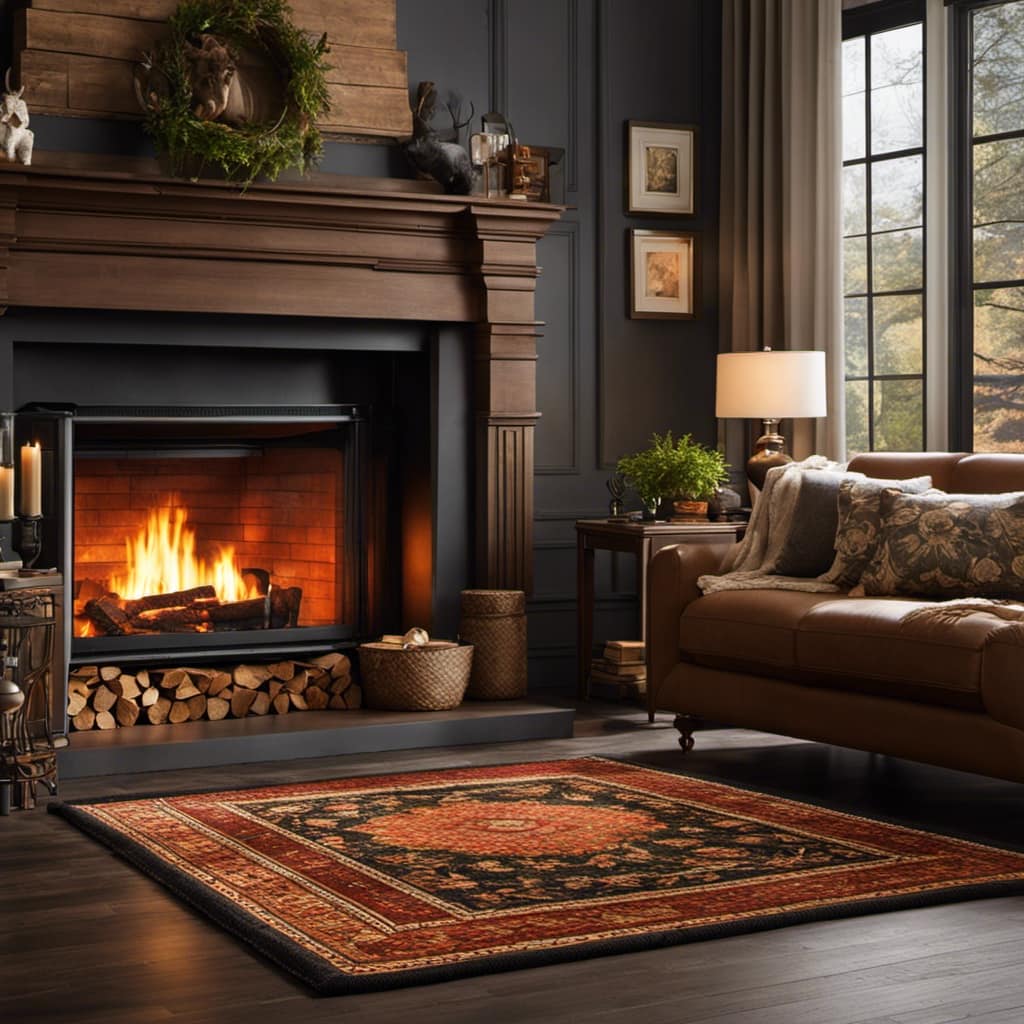
Wet or Green Wood
Burning wet or green wood in my stove can cause excessive smoke and creosote buildup. It’s important to use properly seasoned firewood for several reasons.
First, seasoned wood burns more efficiently, producing more heat and less smoke. This not only keeps my home warmer, but also reduces air pollution.
Second, using seasoned wood helps prevent creosote buildup in my stove and chimney. Creosote is a highly flammable substance that can lead to chimney fires if not properly managed.
To ensure that I’ve seasoned wood to burn, I follow some firewood storage tips. I store my firewood in a dry, well-ventilated area, allowing it to air dry for at least six months before using. Additionally, I make sure to cover the woodpile with a tarp to protect it from rain and snow.
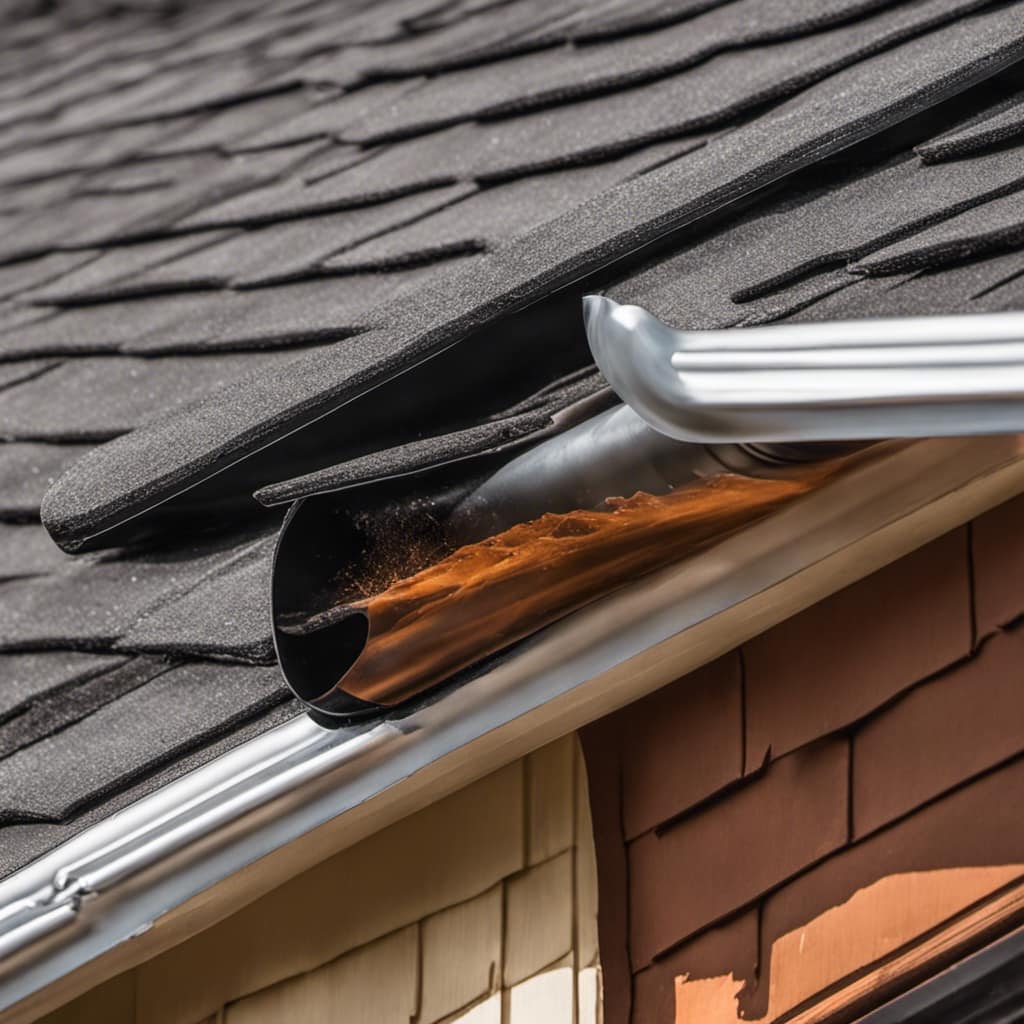
Plastics and Synthetic Materials
Plastics and synthetic materials can release toxic fumes when heated, which is why it’s important to avoid burning them in my stove.
Not only can burning plastics and synthetic materials cause health hazards, but it also has a significant environmental impact. When these materials are burned, they release harmful chemicals such as dioxins, furans, and volatile organic compounds (VOCs) into the air. These pollutants can have detrimental effects on our respiratory system and can even lead to long-term health issues.
Additionally, burning plastics and synthetic materials contributes to air pollution and can contaminate the surrounding environment. It’s crucial to dispose of these materials properly through recycling or waste management facilities to minimize the health risks and environmental harm associated with burning them.
Treated or Painted Wood
When using my stove, it’s important to be cautious with treated or painted wood to prevent any potential hazards or fumes. Burning treated or painted wood can release toxic chemicals into the air, posing a danger to both your health and the environment. To paint a picture for you, here’s a table highlighting the fire safety precautions and environmental impact of burning treated or painted wood:
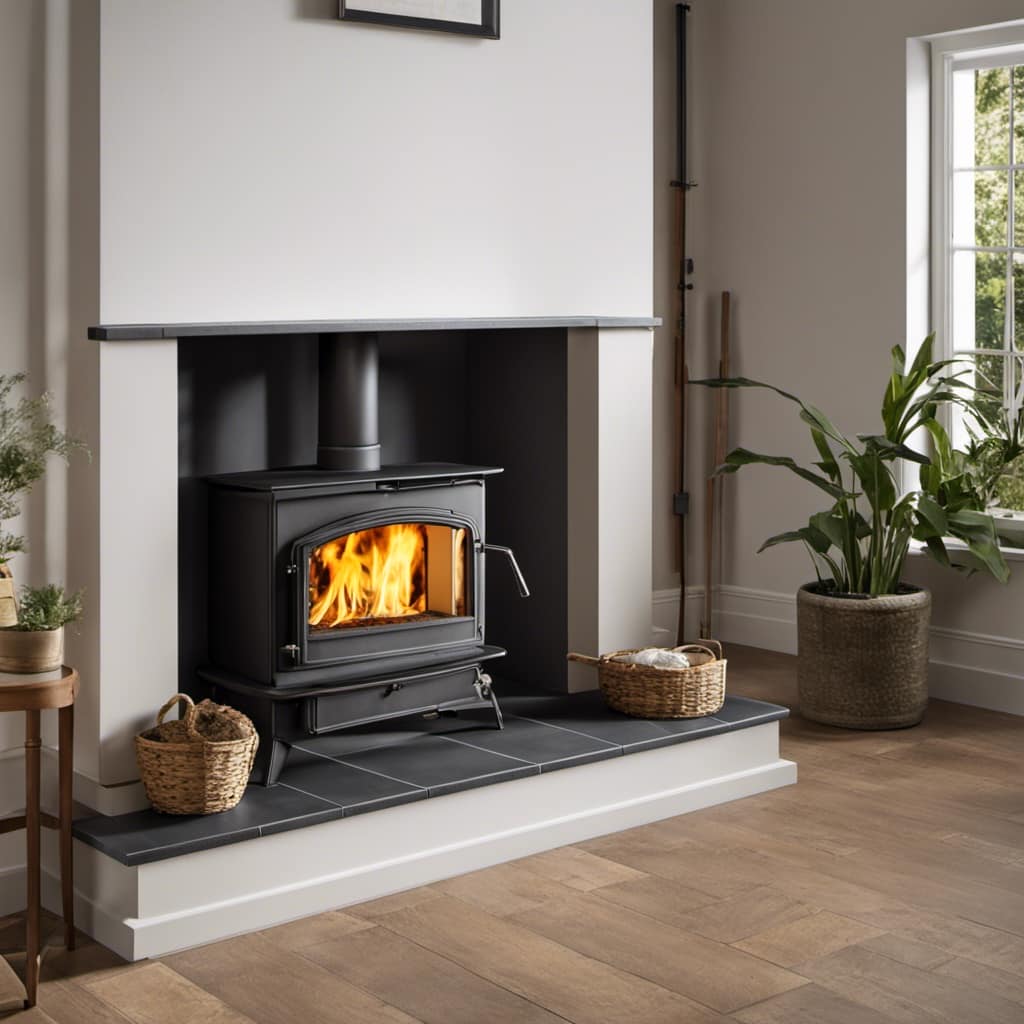
| Fire Safety Precautions | Environmental Impact |
|---|---|
| Avoid burning treated or painted wood | Releases harmful chemicals into the air |
| Properly dispose of treated or painted wood | Contributes to air pollution |
| Use alternative heating methods for disposal | Contaminates soil and water sources |
It’s crucial to prioritize both fire safety and the environment by avoiding the burning of treated or painted wood. Now, let’s move on to the next section about ‘trash and household waste’.
Trash and Household Waste
As I dispose of my household waste, I’m mindful of the environmental impact it can have. It’s important to consider alternatives for waste disposal that minimize harm to the environment.
Burning trash and household waste in a wood stove may seem like a convenient solution, but it can have serious consequences. The combustion of these materials releases harmful pollutants into the air, contributing to air pollution and climate change.
Instead of burning waste, it’s advisable to explore other options such as recycling, composting, and proper waste management. Recycling allows materials to be reused, reducing the need for new resources. Composting organic waste can enrich soil and reduce the need for chemical fertilizers.
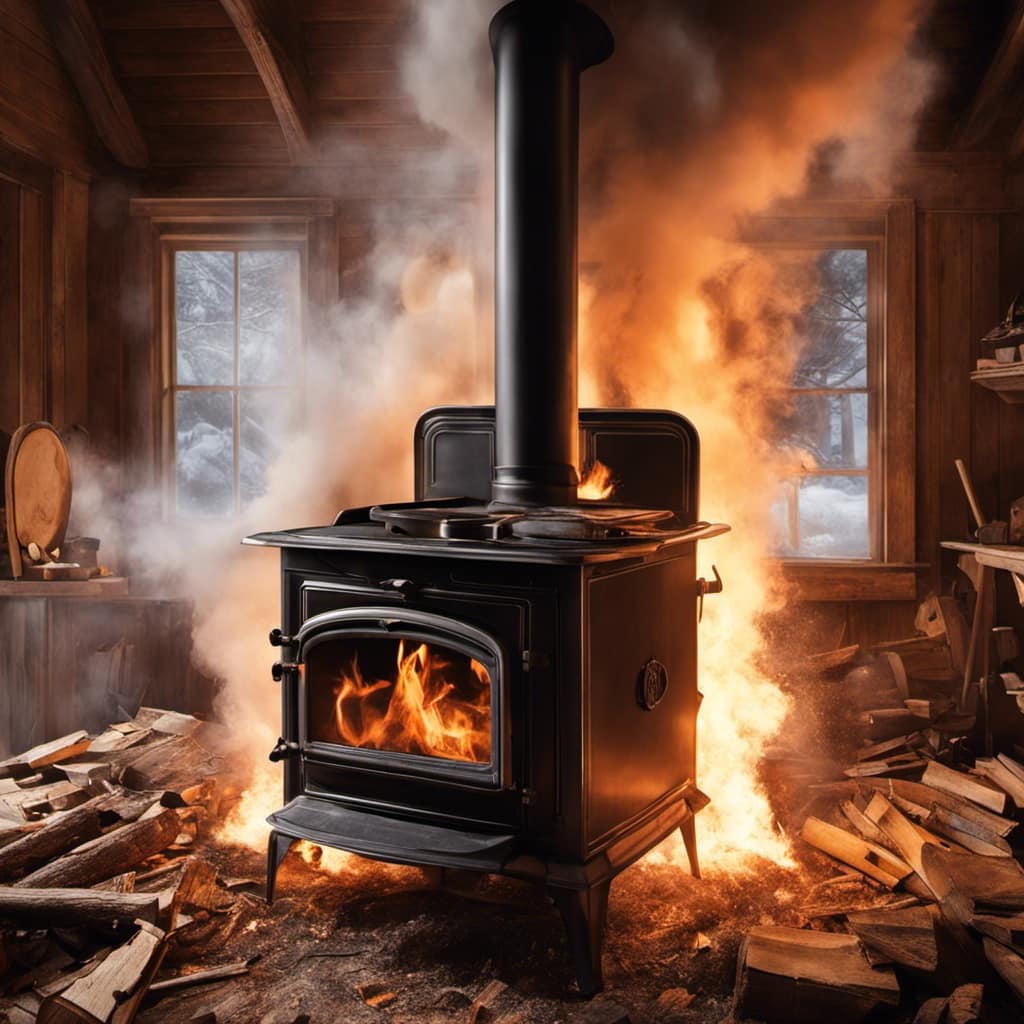
Can Burning Certain Materials in a Wood Stove Affect the Amount of Wood Used?
Burning certain materials in a wood stove can impact wood stove fuel efficiency. Using wet or unseasoned wood, along with paper or cardboard, can affect the amount of wood used and reduce fuel efficiency. Choosing dry, seasoned wood and limiting non-wood materials can maximize the stove’s efficiency.
Frequently Asked Questions
Can I Burn Old Furniture in My Wood Stove if It’s Made of Real Wood?
Yes, you can burn old furniture in a wood stove if it’s made of real wood. However, it’s important to be cautious as burning furniture can release toxic fumes. Consider alternative uses for old furniture instead.
Is It Safe to Burn Cardboard Boxes in a Wood Stove?
Burning cardboard in a wood stove is not safe. The high temperatures can cause the cardboard to release harmful chemicals into the air. It’s best to avoid burning any materials that are not specifically approved for use in a wood stove.
Can I Use My Wood Stove to Dispose of Food Waste and Kitchen Scraps?
Using a wood stove for composting food waste has pros and cons. It can reduce landfill waste and provide heat, but it can also release harmful gases and create creosote buildup. Proceed with caution and research local regulations.
Is It Okay to Burn Paper and Documents in a Wood Stove?
Burning confidential documents in a wood stove is not recommended. It is safer to shred or use a paper recycling service. There are alternatives to burning paper that are more environmentally friendly.
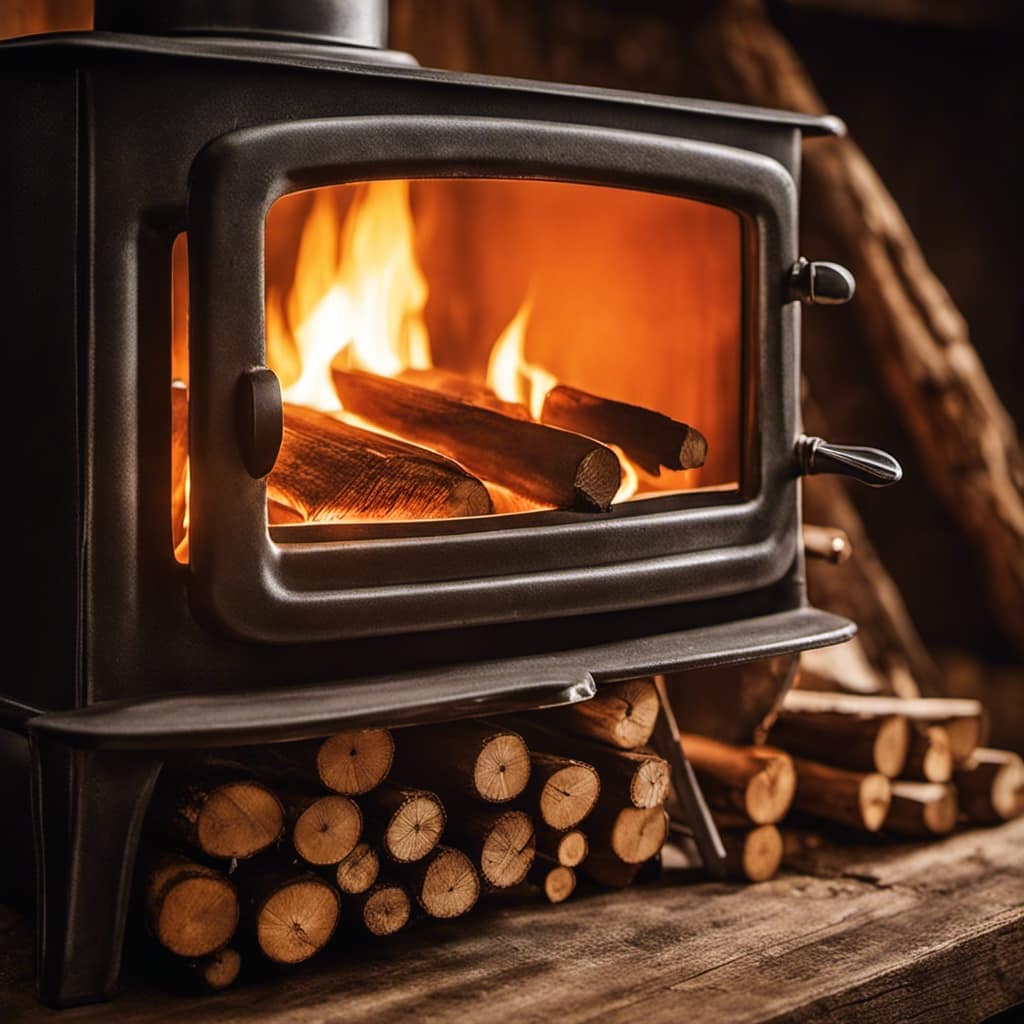
Can I Burn Leftover Construction Materials Like Drywall or Plywood in My Wood Stove?
Can I burn leftover construction materials like drywall or plywood in my wood stove? It is not recommended to burn treated wood as it can release toxic fumes. Additionally, burning construction materials may damage your stove and chimney.
Conclusion
In conclusion, it’s crucial to exercise caution and knowledge when it comes to burning materials in a wood stove.
Avoid burning toxic materials, wet or green wood, plastics and synthetic materials, treated or painted wood, as well as trash and household waste.
By following these guidelines, you can ensure the safety of yourself and your environment.
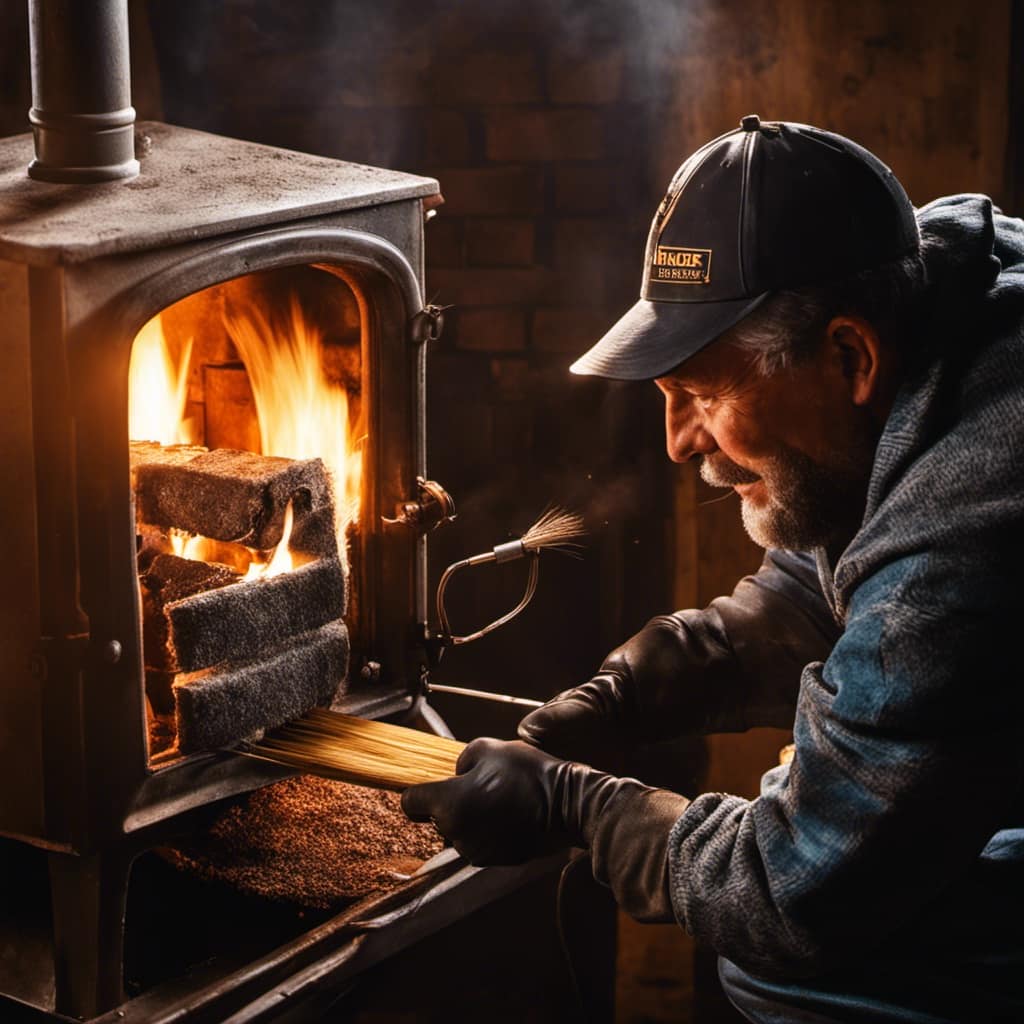
Remember, would you want to breathe in harmful fumes or risk damaging your wood stove?
Growing up surrounded by the vast beauty of nature, Sierra was always drawn to the call of the wild. While others sought the comfort of the familiar, she ventured out, embracing the unpredictable and finding stories in the heartbeat of nature.
At the epicenter of every remarkable venture lies a dynamic team—a fusion of diverse talents, visions, and passions. The essence of Best Small Wood Stoves is crafted and refined by such a trio: Sierra, Logan, and Terra. Their collective expertise has transformed the platform into a leading authority on small wood stoves, radiating warmth and knowledge in equal measure.





